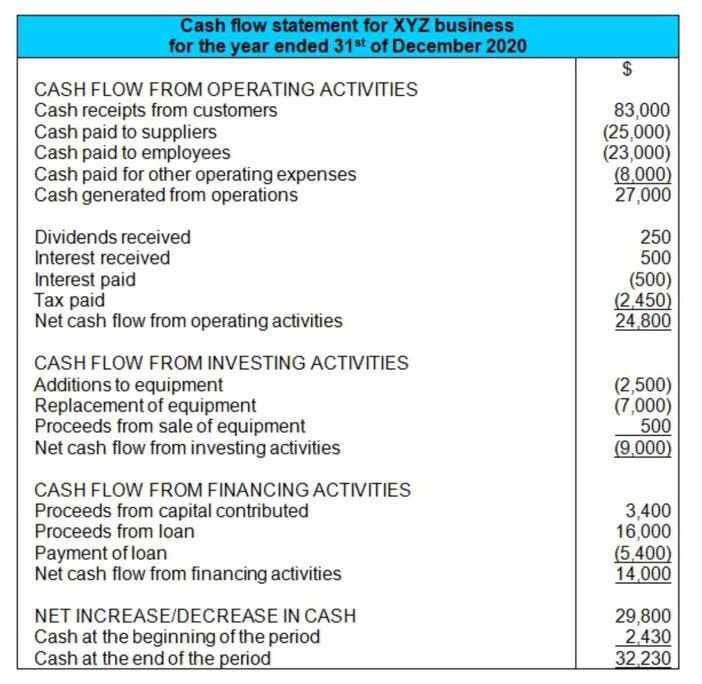
By assigning specific codes and names to various accounts, a chart of accounts enables accurate tracking. It facilitates streamlined bookkeeping, simplifies tax preparation, and ensures compliance with regulatory requirements. With a comprehensive chart of accounts, law firms gain valuable insights into their financial health. This allows them to make informed decisions, monitor profitability, and evaluate the success of different practice areas or client engagements. Accounting for law firms is the process of recording and managing a firm’s financial activities.
Accurate Financial Reporting
- It offers a systematic way of organizing financial transactions, simplifying the tracking of income, expenses, assets, and liabilities.
- Under the heading of segregated liabilities, your chart of accounts should include pooled trust accounts and separate, interest-bearing trust accounts.
- Trust accounts are one of the most common areas where legal accounting mistakes are made.
- Without proper attorney bookkeeping, it’s impossible to track what money is coming (and leaving your firm).
- Assessing your law firm’s unique financial requirements is crucial for an effective chart of accounts.
- Make sure to check with your local state bar association for specific standards about trust accounts and IOLTA.
Just as your clients rely on your expertise with the law, there Certified Bookkeeper comes a point when you need to call in accounting professionals. Whether it means using legal accounting software to simplify and automate your accounting, hiring a professional legal accountant, or both—don’t be afraid to delegate when you need to. By establishing—and following—best practices for accounting for law firms like the examples below, you’ll be better able to help your firm stay on track. Accounting for law firms is often intimidating—even for seasoned lawyers. While you’ve spent years honing your skills to become a great lawyer, you didn’t learn about accounting or bookkeeping for attorneys at law school. Assign a unique account number to each account in your chart of accounts.
- Double-entry accounting is a system of bookkeeping where every entry to an account (i.e., every financial transaction) requires a corresponding and opposite entry to a different account.
- This allows them to make informed decisions, monitor profitability, and evaluate the success of different practice areas or client engagements.
- You can use a general accounting template and customize it to fit your law firm’s needs.
- When it comes to key accounting concepts, it’s really about organization.
- Learn more about the legal chart of accounts and view examples of formatting.
- Once the setup is done, you need to set up your legal accounting software to track your finances.
Regulatory Compliance

Double-entry accounting is a system of bookkeeping where every entry to an account (i.e., every financial transaction) requires a corresponding and opposite entry to a different account. A Accounting Periods and Methods double entry system, therefore, has two equal and corresponding sides—or debits and credits—and creates a balance sheet consisting of assets, liabilities, and equity. Bookkeepers record the financial transactions and balance the financial accounts for your firm. Legal bookkeeping takes place before any accounting can occur and is an important administrative task for any law firm.

Law Firm Accounting Software: Simplify Your Finances
A well-structured Chart of Accounts is an essential tool in law firm accounting, providing an organized framework for recording and categorizing financial transactions. This blog post will delve into the nuances of the Law Firm Accounting Chart of Accounts, exploring its significance, structure, key components, and the importance of customization. Law firms, like any other business, require effective financial management to ensure stability, growth, and long-term success. One key tool in managing finances is the Chart of Accounts (COA), a systematic and organized way to record and track financial transactions.

- This makes it challenging to use a general accounting solution law firm chart of accounts for a law firm.
- An example specific to law firms would be the sub-account of segregated liabilities.
- If you do not keep track of these and the chart of accounts, expenses can be left out and never get collected.
- Accounting for law firms is often intimidating—even for seasoned lawyers.
- Whether you mismanage the accounts, put funds in the wrong account, accidentally use funds, or fail to report correctly, trust accounting errors are a big deal in accounting for law firms.
- By understanding your firm’s financial landscape, you can tailor your chart of accounts accordingly.
- A generic Chart of Accounts may not adequately address the specific needs of a law firm.
It allows lawyers and administrators to make informed decisions on resource allocation, budgeting and financial planning. Having a law firm chart of accounts is more than just an accounting best practice— it’s a tool to keep your firm’s financial data organized. Also, many firms don’t realize how many accounts they must track to accurately reflect the firm’s value. When set up correctly, a law firm chart of accounts provides an accurate picture of your law firm’s financial situation now, contra asset account and as you move forward. It is critical that a law firm sets up a proper QuickBooks chart of accounts to handle trust accounts and more. In conclusion, accounting and bookkeeping are crucial for law firms to comply with regulations, foster growth, and protect their reputation.
How to Set Up a Law Firm Chart of Accounts
- You need to check if your client wants to separately keep track of filing fees, medical records, travel & other expenses.
- Every law firm operates differently, with distinct practice areas and billing methods.
- For example, you may need to add accounts for expenses related to legal research, continuing education, or office supplies.
- If you have a line of credit that hasn’t been drawn upon, it should be counted as an asset (you could consider it cash on hand).
- For instance, a family law firm might need specific accounts for alimony or child support, while a corporate law firm might need accounts for mergers and acquisitions.
- Below is a breakdown of what each category means and how to implement each into your firm’s accounting chart.
List of AccountsThe https://www.bookstime.com/articles/law-firm-chart-of-accounts list of accounts is a hierarchical outline of the firm’s financial accounts, grouped at the top level by assets, liabilities, equity accounts, revenue, and expenses. Your firm’s chart of accounts will have several sub-accounts under each of the top-level groups, often with their own sub-accounts. As we showed with the law firm chart of accounts samples in this post, the exact details of the chart will vary depending on your firm’s situation and jurisdiction. While it’s important to do your own research (and you may want to consult with your accountant), you can use the samples and the template in this post to guide you. Using technology—such as QuickBooks Online and Clio Manage together—also make this process easier and more efficient.


When set up correctly, a law firm chart of accounts provides an accurate picture of your law firm’s financial situation now, and as you move forward. When set up, hard costs incurred by your law firm (such as filing fees) will automatically push back into Clio. While general accounting solutions can help any business streamline its processes, they aren’t built to accommodate the unique accounting needs of law firms (such as trust accounting). This makes it challenging to use a general accounting solution law firm chart of accounts for a law firm. This structure enables the firm to generate accurate financial statements, including balance sheets, income statements, and cash flow statements, with ease and precision.
